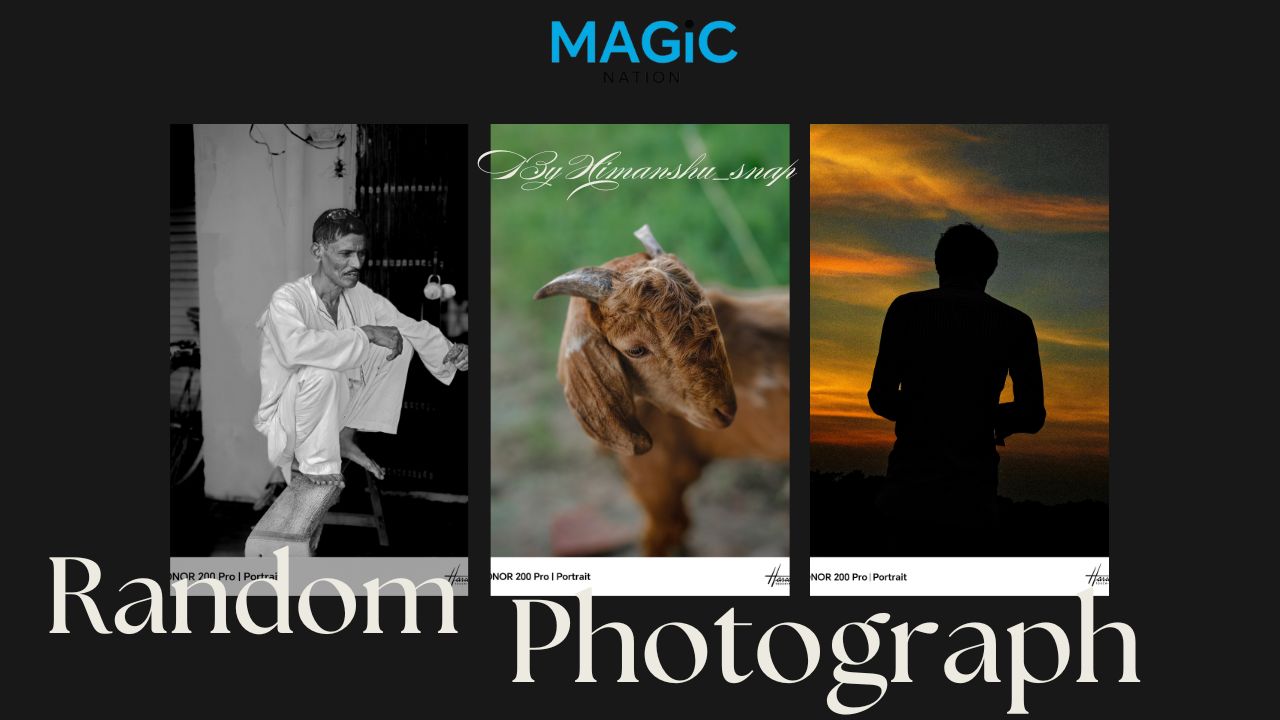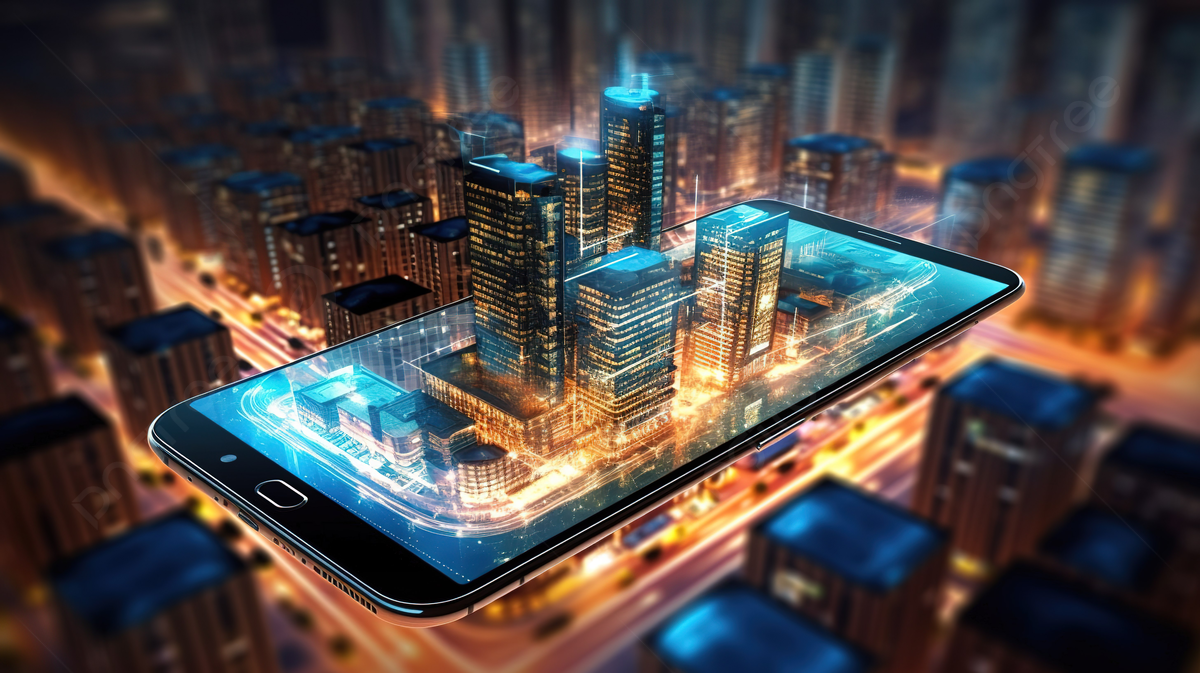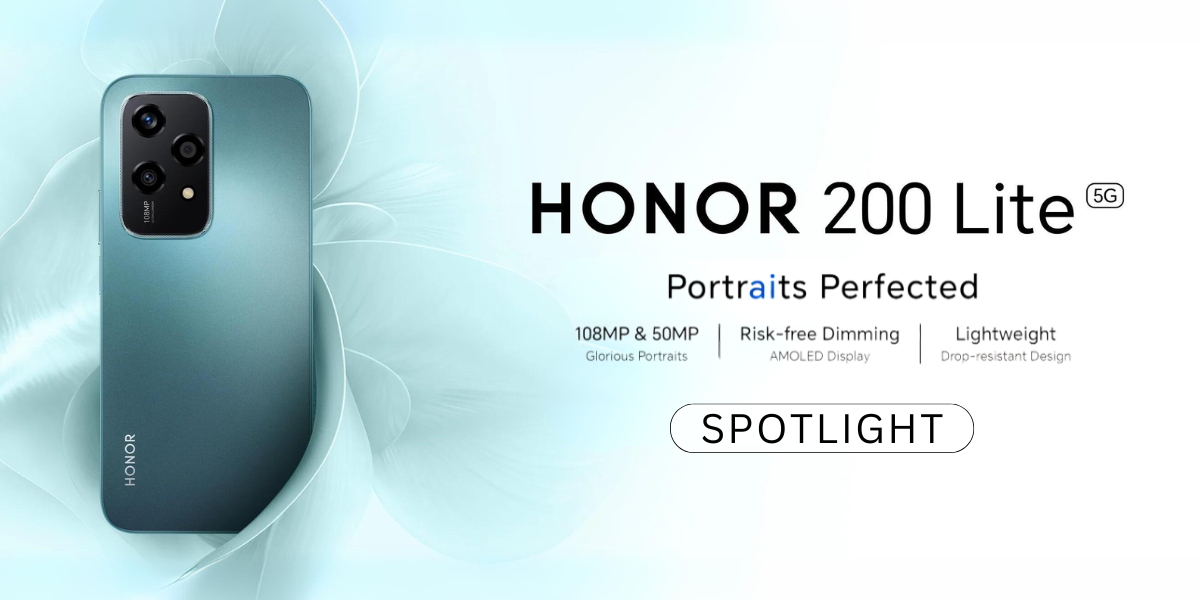
Hello Explorers,
I'm back with another smartphone photography topic, Astrophotography.
Astrophotography with a smartphone is so challenging but oh so rewarding!
Here are some tips and techniques to help you capture the night sky.
Smartphone: Modern smartphones with good cameras, such as the latest models are ideal for astrophotography. If your phone is older than your favorite pair of jeans, it might be time for an upgrade.1. Choose the Right Equipment
Tripod: A stable tripod is essential to keep your phone steady during long exposures. If you don’t have one, a stack of books or your own chappal will do the work.
Remote Shutter or Timer: Use a Bluetooth remote or your phone’s timer to avoid shaking the camera when taking a photo. Or, you could develop ninja-like reflexes to press the button without moving the phone – your call.
Dark Skies: Look for areas with minimal light pollution. Apps like Light Pollution Map can help you find dark sky locations. If your neighbors think you’re a vampire because you keep scouting locations at night, you’re on the right track.2. Find the Perfect Location
Clear Skies: Check the weather forecast to ensure clear skies. Shooting during a new moon phase is ideal as the sky will be darker. If it rains, just tell everyone you were going for a moody, artistic vibe.
Manual Mode: If your smartphone has a manual or pro mode, use it to adjust settings like ISO, shutter speed, and focus. If not, well, there’s always the “hope for the best” mode.3. Camera Settings
ISO: Set a high ISO (800-3200) to capture more light, but be mindful of noise.
Shutter Speed: Use a long exposure (10-30 seconds) to capture more light from stars. Just enough time to contemplate the meaning of life or make a quick snack.
Focus: Manually set the focus to infinity to ensure stars are sharp. Infinity sounds like a lot, but trust me, it’s just right.
Foreground Elements: Include interesting foreground elements like trees, buildings, or mountains to add depth to your photos. Bonus points if you can convince a friend to stand still for 30 seconds.4. Composition and Framing
Rule of Thirds: Use the rule of thirds to compose your shot, placing the horizon or key elements along the grid lines.
Editing Apps: Use apps like Adobe Lightroom, Snapseed, or specialized astrophotography apps to enhance your photos.5. Post-Processing
Adjustments: Increase contrast, reduce noise, and adjust the white balance to bring out the details in your images. It’s like putting on makeup – subtle but transformative.
Trial and Error: Astrophotography requires patience and experimentation. Try different settings and compositions to see what works best.6. Experiment and Practice
Learn and Improve: Review your photos and learn from each session to improve your skills over time. Remember, even the best photographers started with blurry aesthetics.
Here are some of my favourite astro shots that I captured.




With these tips, you’ll be capturing stunning night sky photos in no time. And if all else fails, you can always tell people you were going for an abstract look. Happy shooting, and may the stars be ever in your favor!
Yours Truly
a__k_g_















